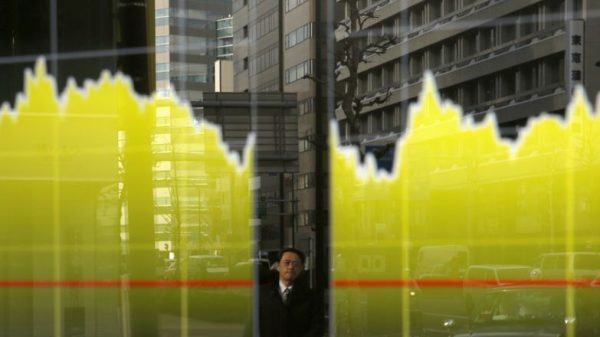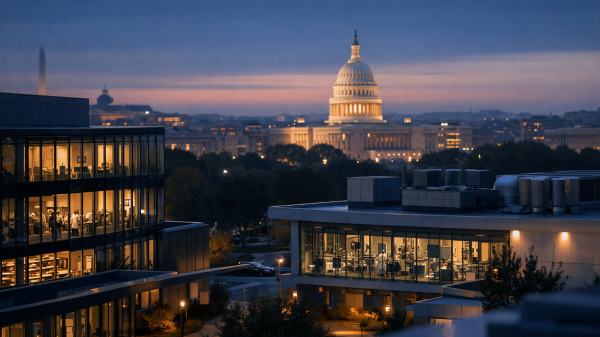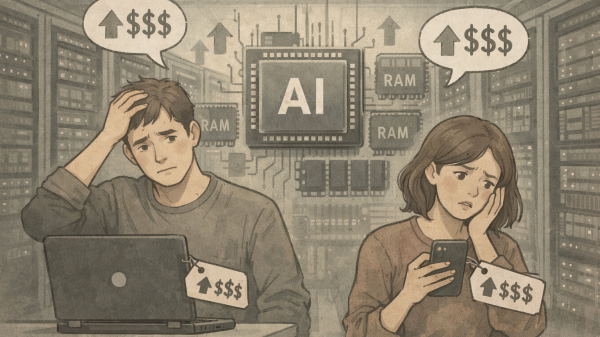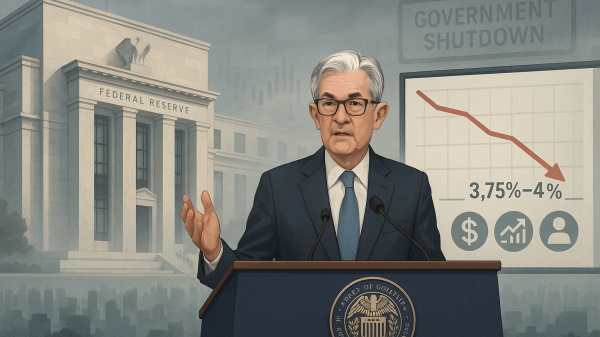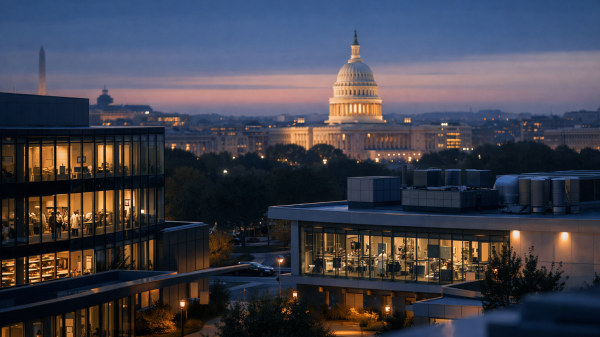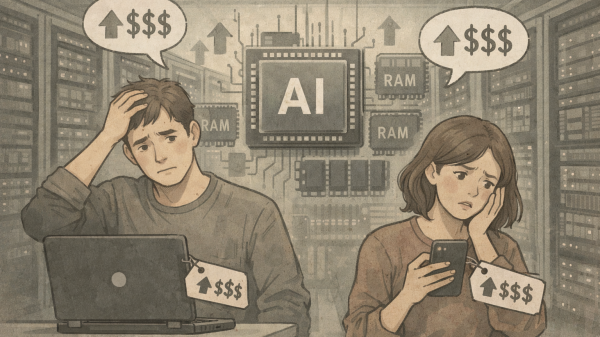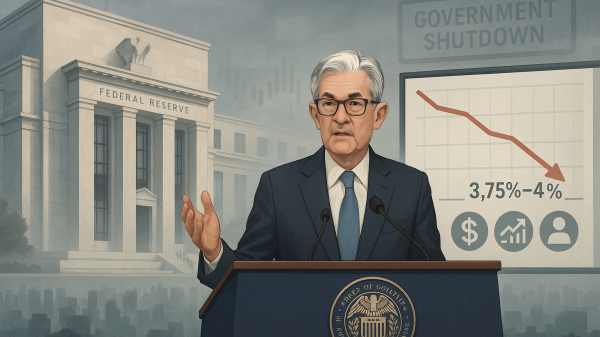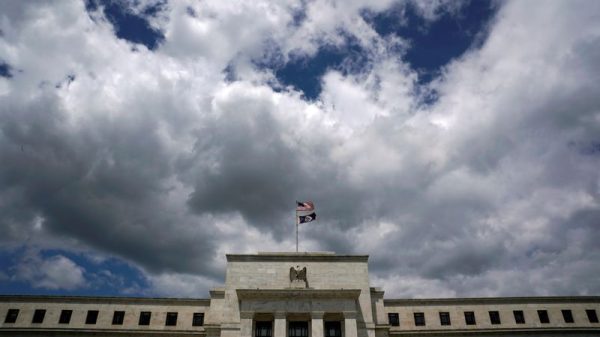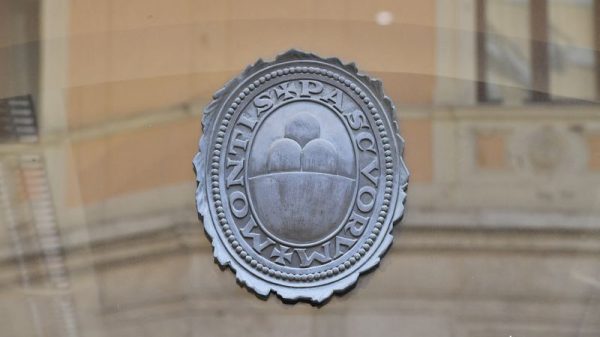President Donald Trump has hailed it as one of the most successful pieces of legislation in American history, a ‘big, beautiful bill’ designed to reshape the nation’s economic landscape.
But as the sweeping package of tax cuts and spending reductions makes its way through Congress, it’s becoming clear that its ultimate beauty—or burden—is very much in the eye of the beholder.
The bill stands to create a clear divide, boosting the fortunes of some workers and industries while leaving others to grapple with potentially devastating consequences.
The winners’ circle: corporate America, manufacturers, and the wealthy
On one side of the ledger are the clear beneficiaries. Big business groups, including the influential US Chamber of Commerce and the Business Roundtable, were quick to applaud the Senate’s passage of the bill on Tuesday.
Corporations are betting heavily that they will benefit from the legislation’s core promise: making permanent the extensive tax breaks first introduced in the 2017 Tax Cuts and Jobs Act.
The package would restore a popular tax break that allowed businesses to fully write off the cost of new equipment in the first year it was purchased, an incentive that has been phasing out since 2023.
It would also once again permit businesses to immediately write off the full cost of research and development, reversing a 2022 change that required those expenses to be deducted over five years.
Manufacturers, in particular, are celebrating provisions that would allow them to fully and immediately deduct the cost of building new manufacturing facilities.
This temporary provision, retroactive to January 19, 2025, and continuing for construction that begins before January 1, 2029, is designed to spur domestic industrial growth.
In a further bid to incentivize more chipmaking in America, the legislation would also enhance tax credits for semiconductor firms building manufacturing facilities in the United States.
Small businesses and partnerships, from law firms to doctor’s offices, also stand to gain.
The National Federation of Independent Business, the leading small business lobbying group, praised the legislation for making permanent a special deduction for the owners of certain pass-through entities who pay business taxes on their individual tax returns.
The House version of the bill would increase this deduction from 20% to 23%, though the Senate bill kept it at 20%.
High-income Americans are also poised for a significant windfall.
An analysis of a near-final version of the Senate bill by the Penn Wharton Budget Model found that the net income for the top 20% of earners would increase by nearly $13,000 per year, after taxes and transfers—a 3% average increase in income for those households.
For the ultra-wealthy top 0.1% of earners, the average annual income gain would amount to a staggering $290,000, according to Penn Wharton.
Americans living in high-tax states should also benefit, as the bill temporarily increases the limit on deductions for state and local taxes (SALT) to $40,000 per year for five years for households making up to $500,000 annually.
Even certain workers will see an extra tax break through 2028.
Employees in jobs that traditionally receive tips could deduct up to $25,000 in tip income from their federal income taxes, while workers who receive overtime could deduct up to $12,500 of that extra pay, though income limits do apply.
One group that won’t benefit, however, are millionaires who lose their jobs; a recent provision added to the Senate bill would prevent them from collecting unemployment benefits.
The other side of the coin: safety nets cut, clean energy curtailed
For every winner in this legislative overhaul, there appears to be a loser.
Many people at the lowest end of the income ladder could find themselves worse off, as the package enacts historic cuts to the nation’s social safety net, particularly Medicaid and food stamps.
Among the many changes would be the introduction of federally mandated work requirements to Medicaid for the first time in its 60-year history.
The bill also expands the work mandate in the Supplemental Nutrition Assistance Program (SNAP), the formal name for food stamps, affecting parents of children ages 14 and up, who would now have to work, volunteer, take classes, or participate in job training to keep their benefits.
Millions of low-income Americans are expected to lose their benefits as a result of these work requirements and other measures affecting Medicaid and food stamps.
A Congressional Budget Office (CBO) report on the House version of the package noted that few of those dropped from Medicaid coverage would have access to job-based health insurance.
The Penn Wharton analysis found that those in the lowest-income group, earning less than $18,000 a year, would see a $165 reduction in their after-tax, after-transfer income once the safety net cuts are factored in—a 1.1% decrease.
The next income level, earning between $18,000 and $53,000, would receive a mere $30 bump in income, or 0.1%. Middle-income households (earning between $53,000 and $96,000) would see their income rise by a more substantial $1,430, or 1.8%.
The health provisions won’t only impact low-income Americans.
The Senate is also tightening verification requirements for the Affordable Care Act’s federal premium subsidies, which could leave some middle-income Americans uninsured.
All told, a CNN analysis of the bill and CBO forecasts concluded that the legislation could result in more than 10 million additional people being uninsured by 2034.
This has drawn the ire of the hospital industry. Hospitals are deeply concerned about the bill’s health care provisions, which would reduce the support they receive from states to care for Medicaid enrollees and leave them shouldering more uncompensated care costs for treating uninsured patients.
Rick Pollack, CEO of the American Hospital Association, told CNN:
The real-life consequences of these nearly $1 trillion in Medicaid cuts – the largest ever proposed by Congress – will result in irreparable harm to our health care system, reducing access to care for all Americans and severely undermining the ability of hospitals and health systems to care for our most vulnerable patients.
The association expressed its “deep disappointment” with the bill, arguing that a $50 billion fund included to help rural hospitals is not nearly enough to make up for the massive shortfall from the Medicaid cuts.
The clean energy sector also faces a grim future under the bill.
While the Senate did remove a last-minute excise tax on wind and solar that experts had warned would be a “killer” for the industry, the legislation still strips most tax incentives for wind, solar, and other renewable energy projects by 2027 and imposes stringent new requirements for developers to claim them.
The American Clean Power Association slammed the legislation as a “step backward for American energy policy” that will eliminate jobs and raise electricity bills.
Electric vehicle makers could also be left worse off, as the GOP bill ends EV tax credits of up to $7,500 at the end of September.
These credits, previously scheduled to last through 2032, have been a powerful incentive for car buyers.
The deficit dilemma: a looming fiscal cliff?
Finally, there are the deficit hawks, who are sounding the alarm about the bill’s long-term fiscal impact.
According to the CBO, the Senate version of the package would increase the US budget deficit by about $3.4 trillion over the next decade.
Adding trillions more to the national debt risks pushing already elevated interest rates even higher.
This, in turn, would make it more expensive for everyday Americans to finance a car or a home and for businesses to borrow money to expand.
Moreover, higher interest rates would force the federal government to devote even greater resources to financing its own mountain of debt.
The CBO already expects US federal government interest costs to surpass $1 trillion per year.
US spending on interest has already more than tripled since 2017, now surpassing the federal government’s entire defense budget.
This looming fiscal reality represents perhaps the biggest, and most uncertain, consequence of Trump’s ‘big, beautiful bill’.
The post Unpacking the ‘Big, Beautiful Bill’: the winners, the losers and the aftermath appeared first on Invezz

